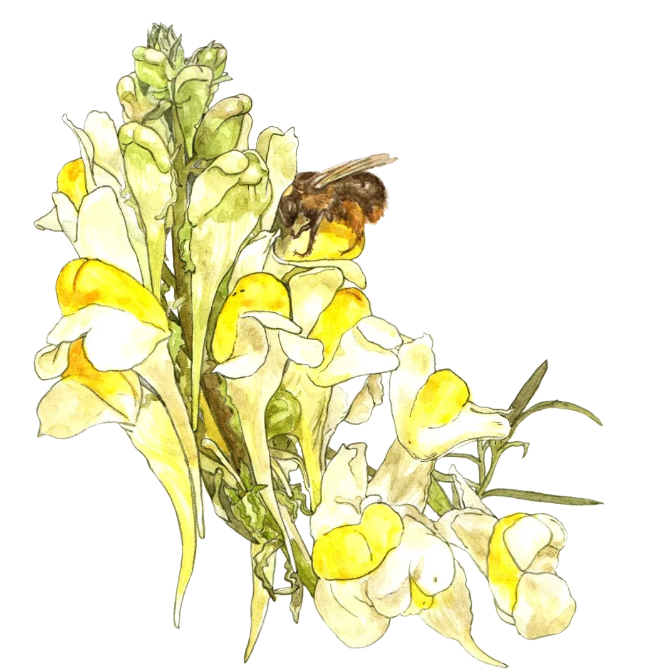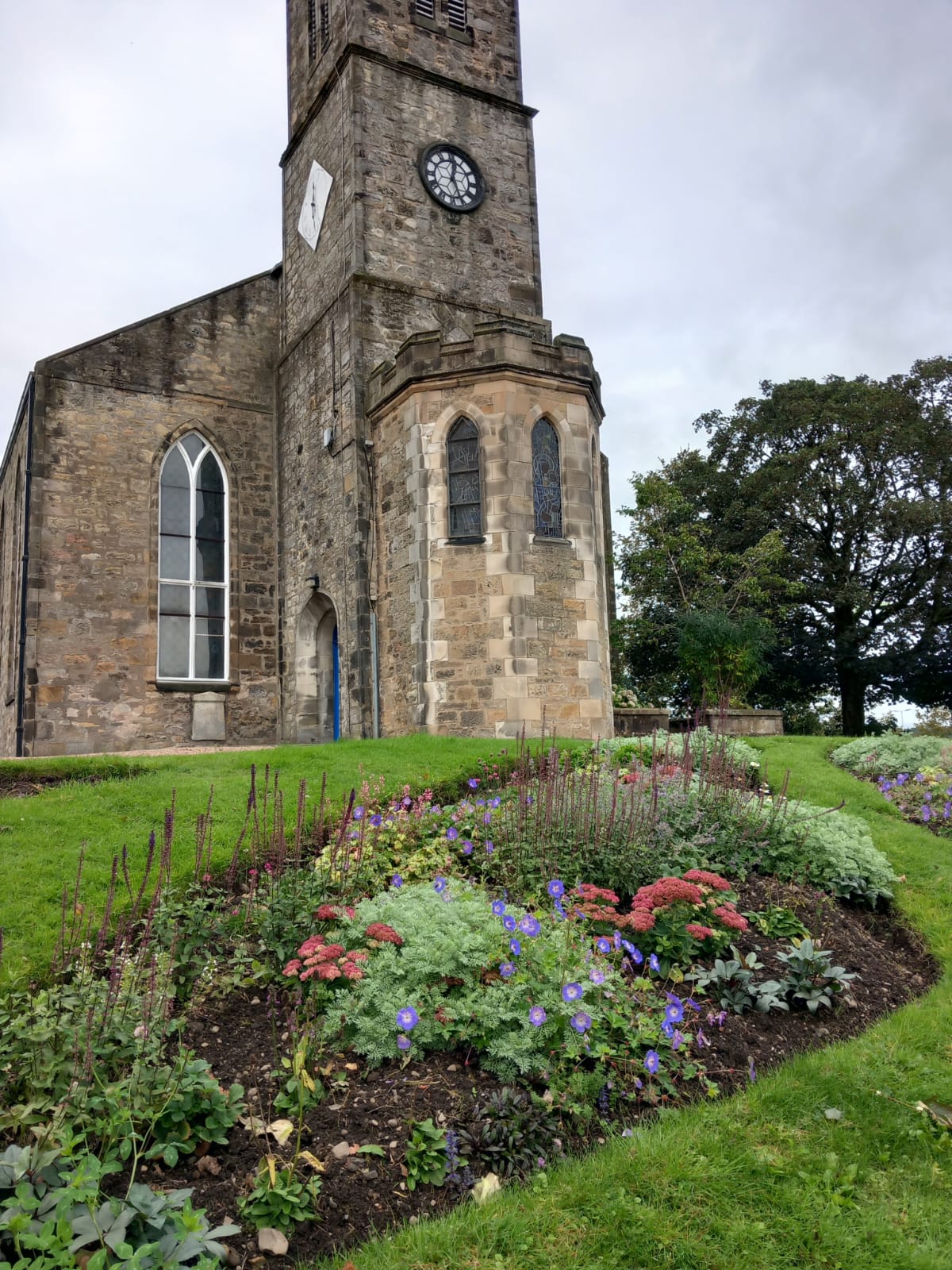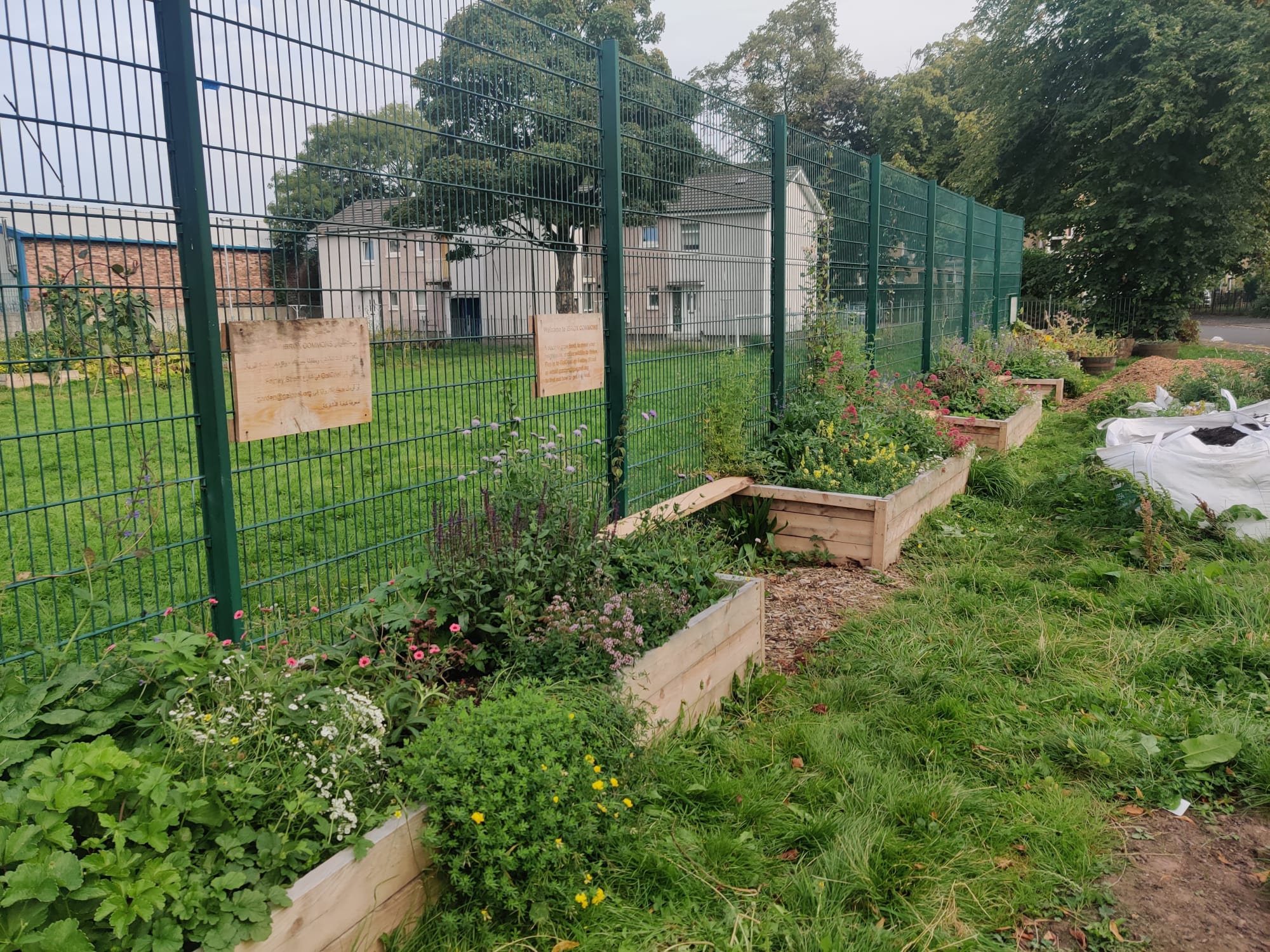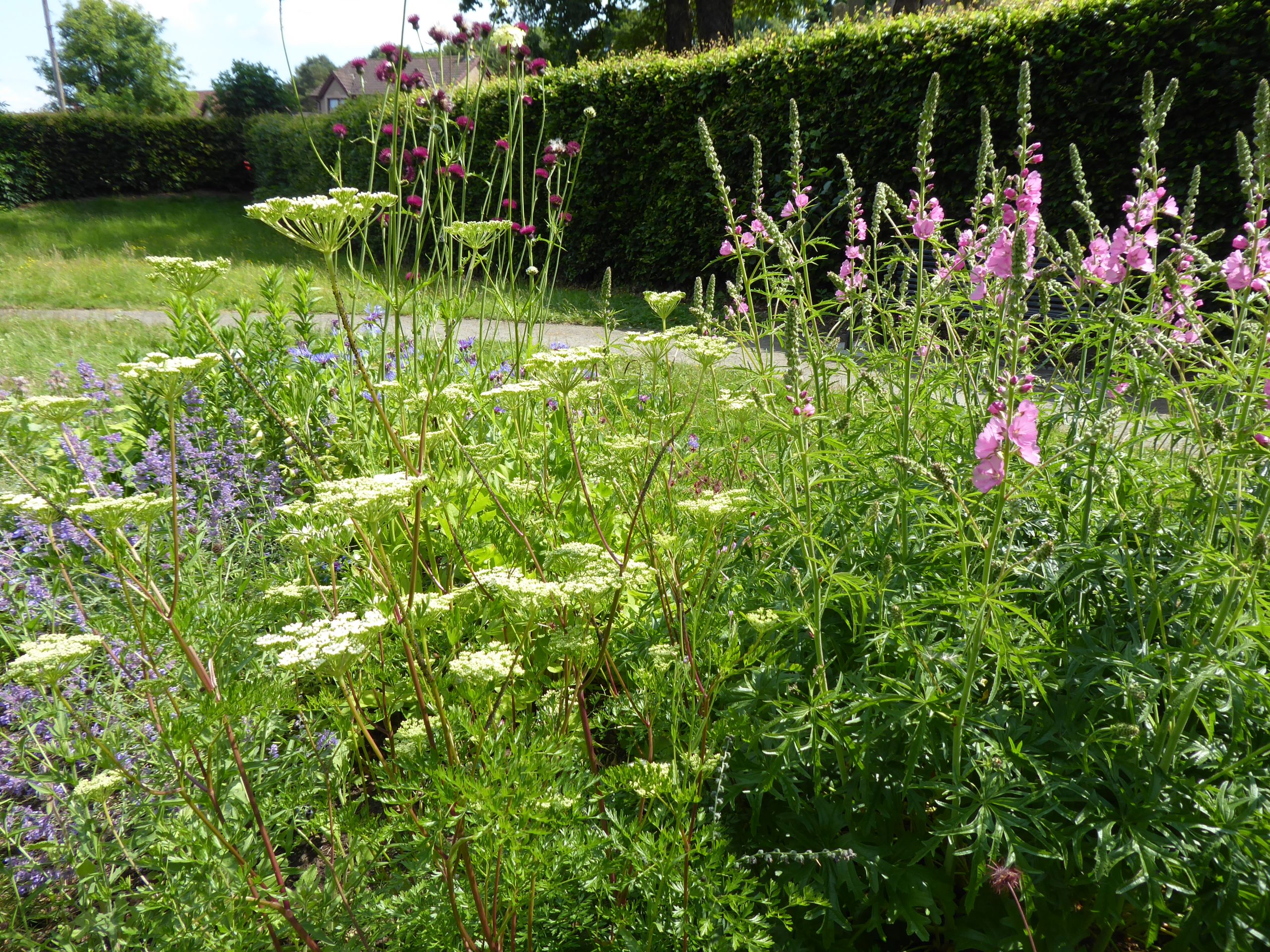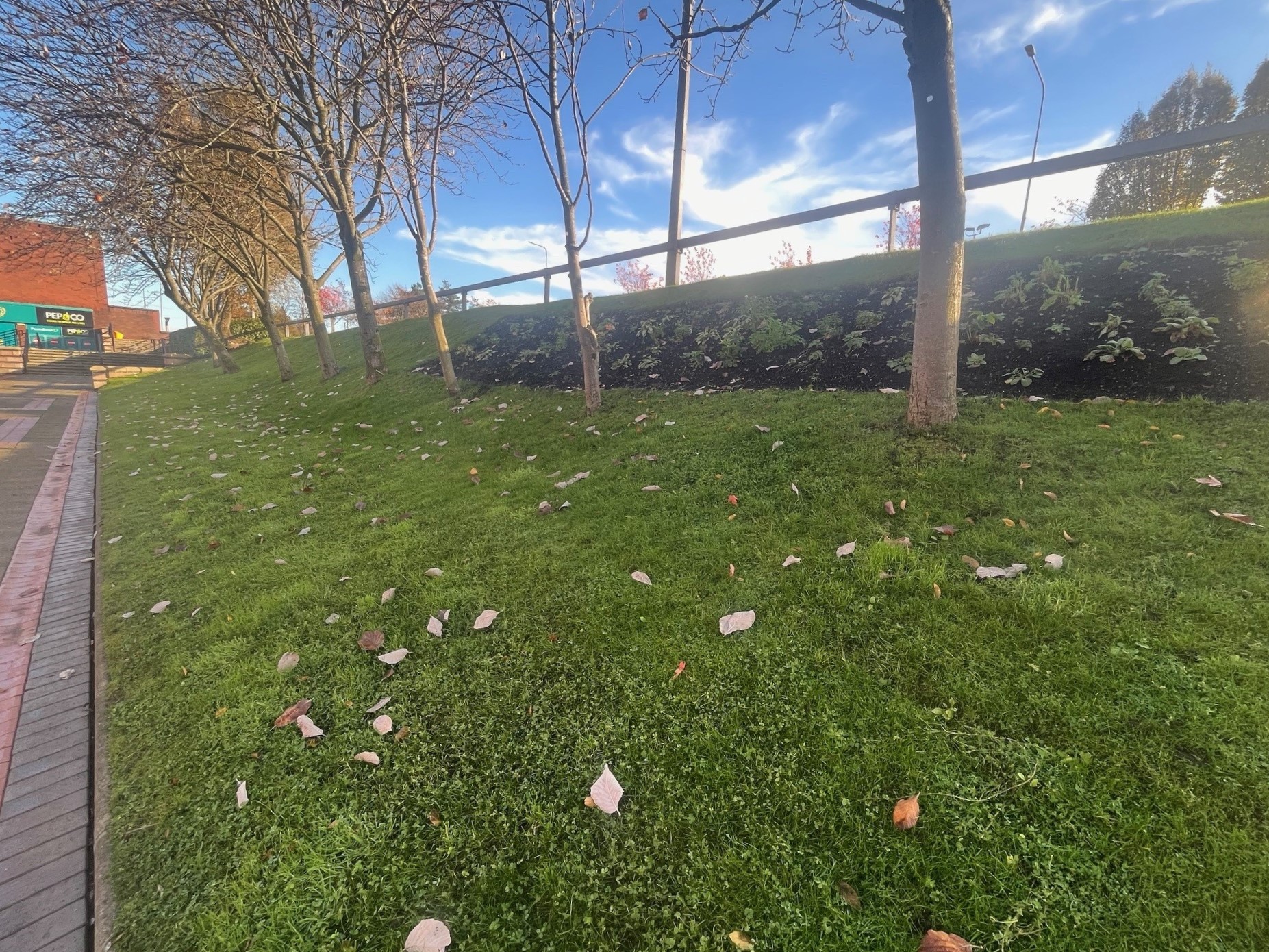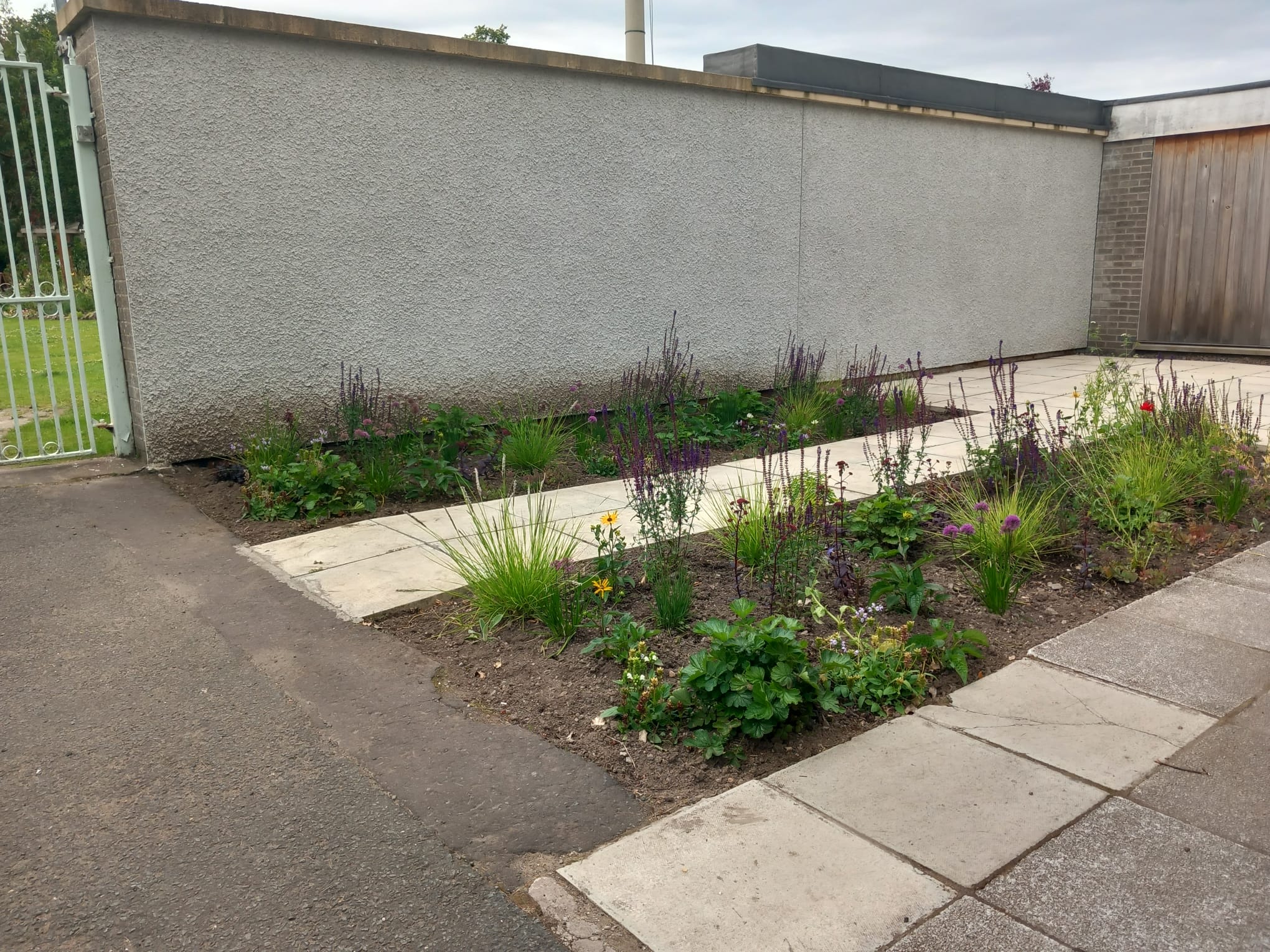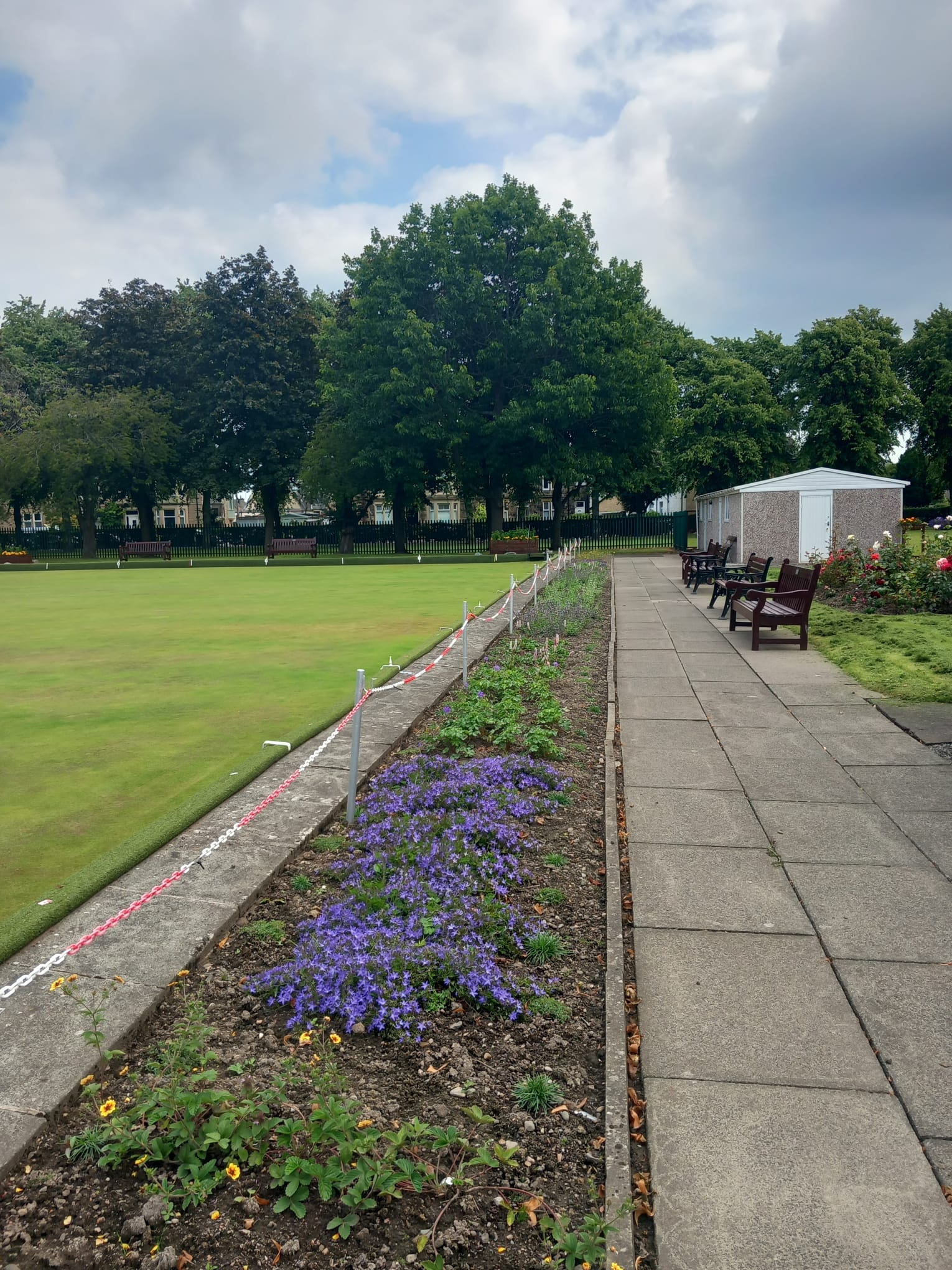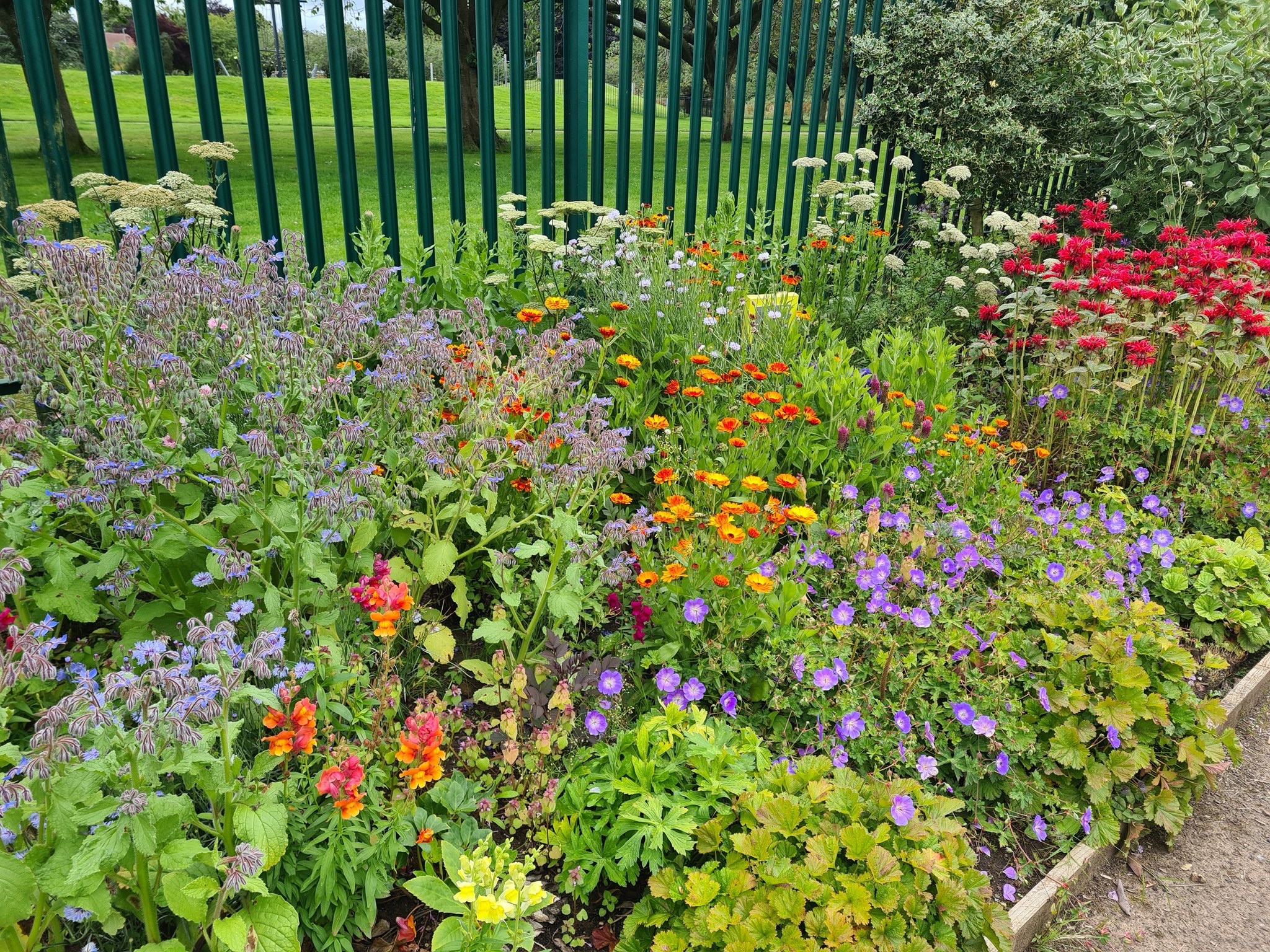
A wildlife-friendly planting initiative
brought to you by RePollinate
Our diverse pollinators (butterflies, moths, bees, wasps, flies, beetles, birds, etc.) require plants with a variety of flower forms and flowering times to source their food. The process of pollinating these plants is an essential component of a thriving ecosystem. It allows plants to fruit, seed and reproduce and, in so doing, provides food and habitat for a range of other creatures (that includes ourselves). Pollinators themselves, particularly invertebrates, are also a major source of food within the ecosystem.
Illustrations by @alicebapple
Intro
Beds for Bees offers a ‘best of both’ approach to flowerbed design, incorporating a rich mix of perennial cottage garden plants and native wildflowers. The combination of cultivated (non-native) and native plants in a bedding scheme is something quite novel. Beds for Bees is about blurring these boundaries and bringing about a culture change in horticulture towards something more sustainable/climate conscious, ecologically valuable and which celebrates our native flora and fauna.
Why use perennials? (and what is a perennial plant?) – a perennial plant is any plant that lives for more than two years. This distinguishes them from ‘annuals’, which finish their lifecycle in one year, and ‘biennials’, which finish their lifecycle in two.
A major advantage of using perennials is that, in theory, they only need to be bought once. To prevent plants becoming congested and to give them a new lease of life, perennials need to be divided every 3 or so years. This is great because you effectively multiply your plants, further saving costs for planting elsewhere. Perennials are also excellent for ensuring soil is not left bare, locking in soil moisture and carbon in living plant material, and for providing lots and lots of nectar and pollen, particularly as plants mature – all of this means that perennials have the upper hand when it comes to supporting biodiversity and reducing soil carbon emissions.
Why use native AND non-native plants? – native plants are fantastic for supporting a broad range of wildlife. For example, not only do they provide for generalist pollinators (that aren’t too fussy about which plants they visit), they are key to the survival of native specialists that have evolved with, and now depend upon one particular plant family, genus or even species (either for nectar and pollen resources or as vegetation for the larvae, or both). Non-native plants are primarily of benefit to generalists, but they can be brilliant for providing an abundance of nectar and pollen, and bring lots of long lasting colour, including at times of year when most native plants have finished, or haven’t started, flowering. Beds for Bees planting schemes comprise a careful selection of plants from both these groups, ensuring harmonisation and that plants are best suited to where they are planted.
How to get involved
If your community group is interested in establishing a Bee Bed, please see our detailed How to Guide. If you think your group can meet the criteria listed, please email leigh@repollinate.org.uk.
If you work for a business, or know of any that might be interested in Beds for Bees sponsorship (perhaps as part of a Corporate Responsibility Program), please contact leigh@repollinate.org.uk.
“Fortune Works as a group have loved the RePollinate bed, it has brought a real finishing touch to our pollinator corridor within FW and we love the fact they have used lots of native plants in the design. The whole process was excellent from delivery to plans attached for recommendations. Our team really enjoyed planting it up and the holistic planning of the shape of the bed. We couldn’t recommend RePollinate enough. It’s a great project doing great things”
“They made it really easy to plan the Bed for Bees. They chose all the plants with us and came out to visit the site to see what we were working with. From there, they purchased all the plants from a brilliant nursery so the plants were really healthy. The perennials are establishing nicely in their second season and they are all doing really well. The Bee Bed provides loads of interest in the garden and we often point it out to visitors. During peak flowering times the bed is absolutely buzzing with pollinators, it is a joy to sit and watch them!“
“We were absolutely delighted with the beds designed by RePollinate for the Beds for Bees scheme. Despite having an enthusiastic group of volunteers, we had struggled to maintain our old, badly designed flowerbeds. When we had designed them, we simply had not understood enough about what we were the doing. In contrast, the new flowerbeds are so well designed that we see our efforts really pay off. They got established quickly, look fantastic and have been easy to maintain. And we are not the only ones who love them: the flowers are always covered in bees, butterflies, moths and hoverflies! We are so grateful to RePollinate. If you don’t believe us, come to Dunmore and check out our beautiful blooms!“
“Working with RePollinate to get a diversity of plants onto the Ibrox Commons has not only been great for attracting pollinators, but also for adding colour and texture to the space, making the garden more attractive for folk to spend time in. We are really grateful for the plants and support from Nick and the RePollinate team – they were super helpful and easy to work with. We are looking forward to seeing the Beds for Bees blooming again next year and beyond”
“I have worked with Nick Trull from RePollinate since autumn 2022. I appointed them to design and help deliver our move from summer bedding to perennial planting for pollinators at 33 community adopted flower beds. We worked with 15 different community groups who are delighted with the end results.
I wholeheartedly recommend the service that they offer which has included:
- Bespoke planting designs that meet the needs of the site and the clients (Falkirk Council and community groups).
- Plant purchase and delivery.
- Working alongside groups to prepare and plant.
- Drawing up preparation and maintenance plans.
Nick has been efficient and worked to agreed deadlines and budgets; adaptable/flexible with changing plant availability; listened and been responsive to the requests made by me and the community groups; personable and good fun when helping to lay out and plant with community groups of all ages and abilities”
“Working with RePollinate to create our Beds for Bees project was fantastic! They adapted the project based on the needs and preferences of the group, creating a sensory rich display for our patients with learning disabilities. The project created some great opportunities for the group to learn about pollinator-friendly plants, engage in physical exercise, and participate in a social group. The patients were fully engaged throughout the process and continue to care for the bed each week, giving them a connection and engagement with surroundings”
“Working with RePollinate was brilliant. Receiving all the beautiful flowers, planting them out then watching them grow and flower was lovely. It was amazing to see the bees and other insects arrive. The flowers have brightened up an area in the garden that was underused. Can’t wait to see the flowers grow and become more established over the year and produce more flowers not forgetting the loads more busy bees to come” (Mary)
“Being part of the ‘Bee Beds’ project was such a delight for the senses. From placing the plants in the dirt and watching them grow, to hearing the bees buzzing and watching as the bees and butterflies danced amongst the colourful flowers and smelling they’re wonderful scents. I thoroughly enjoyed taking part in this wonderful experience and would highly recommend it to other groups around the country” (Paul)
“The RePollinate project has really rejuvenated an area at our main entrance that was under utilised. The plants have thrived in their new habitat. It was great to see how they became established and grew. The plants, with their bright flowers, enhanced the ‘curb appeal’ of the DRC. The garden attracted a host of insects, in particular the bees, which quickly became frequent visitors to the area. I’m confident that next spring/summer will be even better” (Joe)

